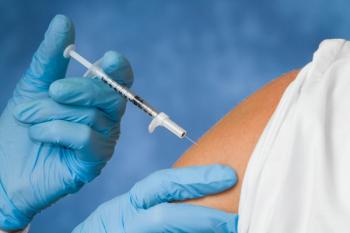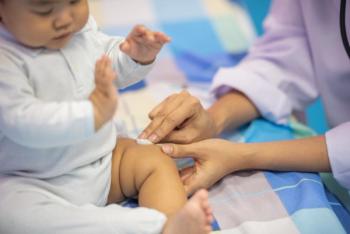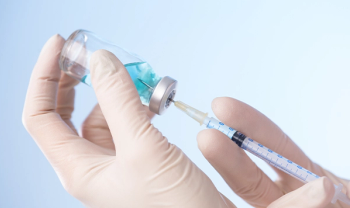
Re-imagining Measles Eradication: Self-Vaccination With an Inhaled Powder. Plus Using Social Networks and Financial Incentives
Vaccination rates are struck below levels needed to eradicate measles. Members of three generations of a family with expertise in vaccines propose a novel approach to improving measles vaccination rates. It could include a whistle.
Despite global vaccination campaigns going back 60 yearsthat twice came close to eradicating
What’s preventing success? The centralized approach to immunization campaigns that fails to reach enough children in low- and middle-income countries’ more remote regions, exacerbated by missed vaccinations during the Covid-19 pandemic, according to a trio of researchers. And they propose an intriguing solution to the problem
In a short communication published in December 2022 issue of the
The Sieverses represent three generations of one family with largely different areas of interest and more than 50 published articles among\ them, although this opinion piece was their first collaboration.
While celebrating the “top-down” approach to global disease eradication efforts that has saved hundreds of millions of lives, Sieverses note that measles vaccination rates have been stuck for five years at 86% for the first dose and 60% for the second. Those rates are far below the 95% required to fully halt transmission of the single-stranded RNA virus that causes measles. They point out that a needle-free, temperature-stable dry powder live-attenuated inhaled measles vaccine was developed years ago. A 2014
Still, getting millions of people, many in remote areas, to self-administer a new type of vaccine would be an immense behavioral challenge. This is where the Sievers get creative.
“We believe that broad adoption of self-vaccination by individuals will be positively influenced by the ease of use and by what people’s peer networks think of such a novel approach,” they write, a so-called
They suggest three ways to support such a campaign. First, “targeting and educating influential community members” to spread the news through social networks. Second, providing small financial incentives, perhaps through digital vaccine coin distributed through decentralized finance systems, at least in countries where they exist — a secure blockchain approach. And third, “cultivating friendly, convivial competition between local regions to achieve the highest protective measles seropositivity rates.”
The Sieverses conclude with what is essentially a marketing pitch to a global public health audience:
“Imagine a brightly-colored vaccine whistle in simple packaging festooned with pictorial instructions. Imagine simply taking one deep inhalation. As you hear the whistle's tone, you know the vaccine has been delivered and that measles will not be able to use your body to infect others. Your vaccination experience is memorable in its simplicity. You did not wait in a healthcare facility and there were no needles. You encourage your family and friends to self-vaccinate. And the whistle is yours to keep.”
Newsletter
Get the latest industry news, event updates, and more from Managed healthcare Executive.




